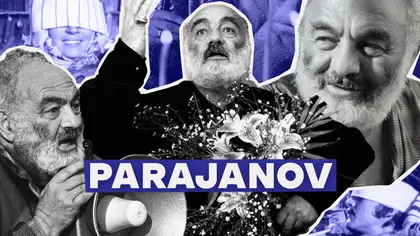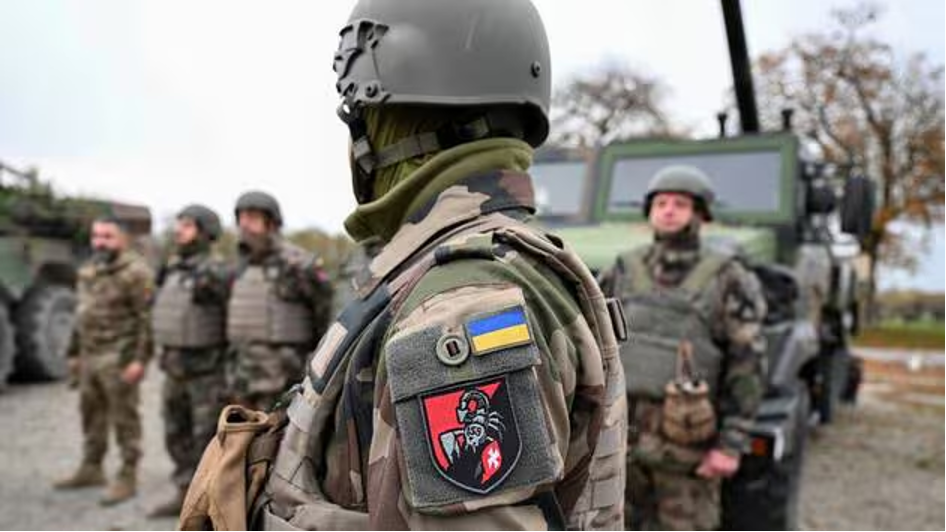His work was admired by French fashion designer Yves Saint Laurent, and French poet Louis Aragon came to his defense.
He loved creativity so much that he opened a school of painting while in prison. A self-made medallion made in prison from milk bottle caps was presented to Italian filmmaker Federico Fellini. And his most famous film, Shadows of Forgotten Ancestors, known for overseas distribution as Wild Horses of Fire, entered the Guinness Book of World Records for receiving the most awards.
JOIN US ON TELEGRAM
Follow our coverage of the war on the @Kyivpost_official.
His name is Sergei Parajanov, the Ukrainian-Armenian avant-garde film director.
Parajanov is probably best known as an exponent of Ukrainian poetic cinema in soviet times. This was a cinematic and cultural movement which emerged in reaction to the demeaning nationality of those times. In contrast to soviet realistic cinema, it focused on visual expressiveness and ethnographic motifs.
Parajanov also founded the collage genre in Ukrainian visual arts.
He was born on Jan. 9, 1924, in Tbilisi, Georgia. After receiving his education at the local conservatory, Parajanov attended the Institute of Engineers at the Faculty of Civil Engineering. And only after that did the future film director enroll at the Russian State Institute of Cinematography in 1946, where his mentors were two Ukrainian screenwriter-directors, namely Oleksandr Dovzhenko and Ihor Savchenko.
In 1955, Parajanov filmed his first full-length feature film, Andriesh, at the Dovzhenko film studios in Kyiv, which was based on his graduation short films.
By 1960 Parajanov had shot three more films — The Top Guy, Ukrainian Rhapsody and Flower on the Stone.
However, his first four films were not rated by critics and no-one could even imagine that Parajanov would already become an outstanding artist.
Nevertheless, in 1966, Sergei Parajanov made a film adaptation of Mykhailo Kotsiubynsky's classic novel Shadows of Forgotten Ancestors, which became one of the most impressive of Soviet cinema and, in so doing, he founded Ukrainian poetic cinema.
The film is top of the list of best Ukrainian films. Harvard University has included the film on its must-see films for students. Film greats Martin Scorsese and Federico Fellini also admired Parajanov’s work.
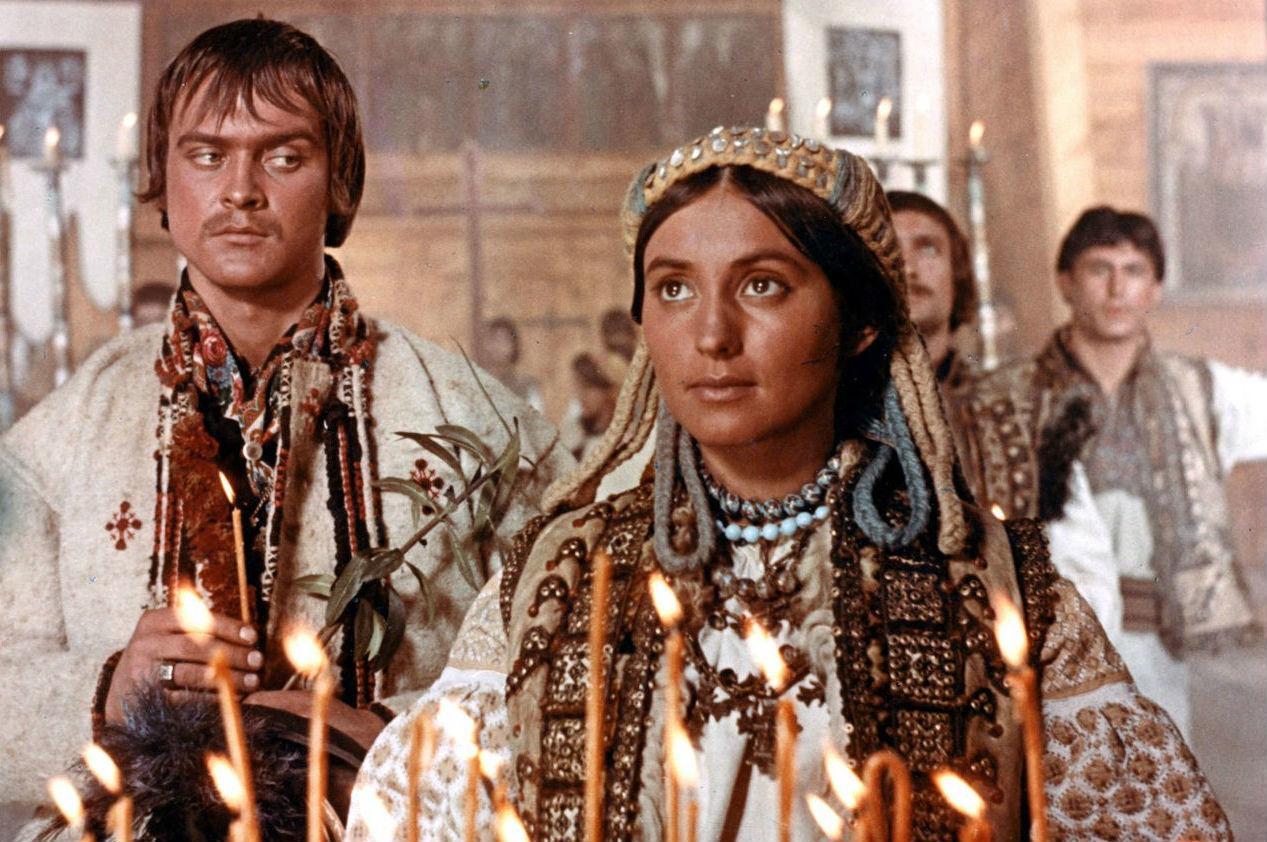 Frame from the movie Wild Horses of Fire
Frame from the movie Wild Horses of Fire
The striking thing about the film was that it was a reflection of the culture of authentic Ukrainian traditions. It is about the ordinary life of Hutsuls, ordinary mountain people.
"When Parajanov came to Hutsul region, he saw a completely different life. He saw the same things that Kotsiubynsky wrote about. And Sergei, with the help of his artistic abilities, managed to show the region just as he felt it. The artist easily and accurately portrayed the everyday lives of people — work with livestock, traditions, holiday greetings, carols, etc. He also depicted how people can provide themselves with clothing and food due to the fact that they have their own land," Halyna Mokan, an employee of the Shadows of Forgotten Ancestors Museum in Verkhovyna, Ivano-Frankivsk Region, told Kyiv Post.
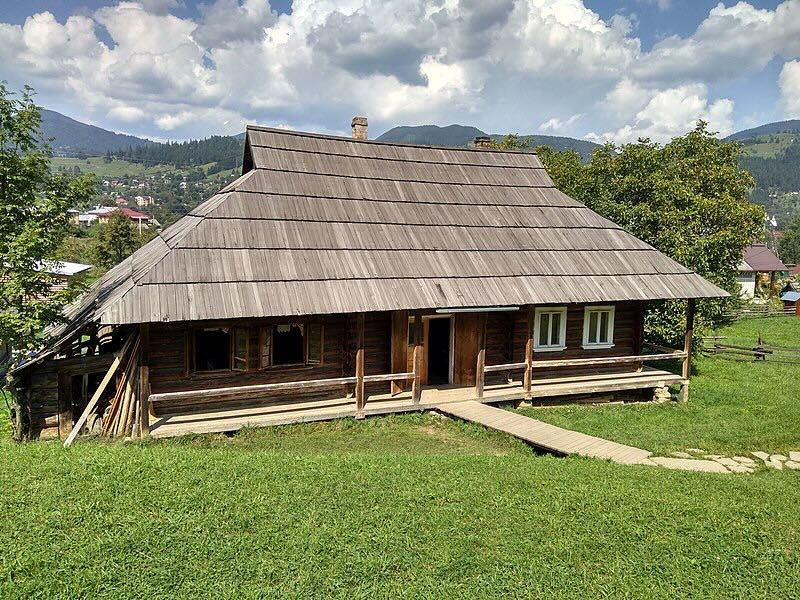 Museum honoring the film Wild Horses of Fire. Sergei Parajanov lived here during filming.
Museum honoring the film Wild Horses of Fire. Sergei Parajanov lived here during filming.
Because the film vividly illustrates the love of freedom and non-conformity of Ukrainian people, the Soviet authorities began to exert pressure on Parajanov. At that time, active repressions against the Ukrainian intelligentsia were just beginning.
In addition, during the first screening of the film in Kyiv, a protest by dissidents took place. Writer Ivan Dzyuba came up on stage and said: "We have a big holiday, but also great grief. Arrests of creative young people have begun in Ukraine." It was then that dissident Vyacheslav Chornovil and poet Vasyl Stus stood up from their seats in the theatre and called on all those who disagree with the policies of the Soviet government to do the same.
Another 50-60 people out of the 800 people sitting then got up from their seats. The lights were quickly turned off and the screening of the film began.
However, after that, Sergei Parajanov was banned from making films, and later arrested and received prison sentences.
"The Soviet authorities were outraged by the nationalist spirit depicted in the film. The consequences of this were persecution and arrests, disgrace, destruction of Parajanov as a person, and later not only his death, but also his family. The reaction to the film was negative because he did not make it according to the will of the Soviet authorities, but as he felt. He portrayed life as it really was," Halyna Mokan noted.
Subsequently, Parajanov was arrested several times. On one occasion he was charged with Ukrainian nationalism and homosexuality.
"I am an Armenian who was born in Tbilisi and was in a Russian prison for Ukrainian nationalism," Parajanov once said, describing himself.
But the international community, with the participation of the French writer Louis Aragon, helped to get him out of prison.
In order to remain sane while in prison, Parajanov drew continuously, and created collages from garbage and medallions from milk bottle caps.
All these items are now kept in museums in Yerevan. And one of the medallions, which is cast in silver, won the Amarcord Film Award, which was founded by Federico Fellini and Tonino Guerra.

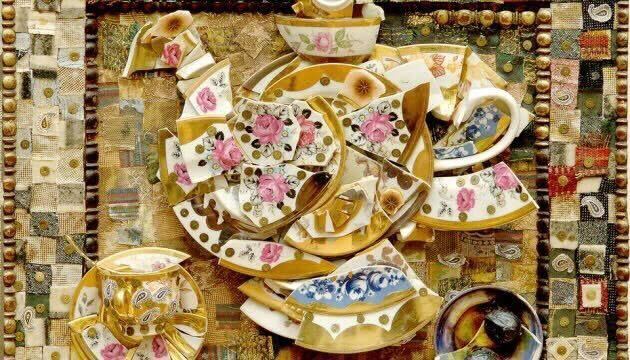
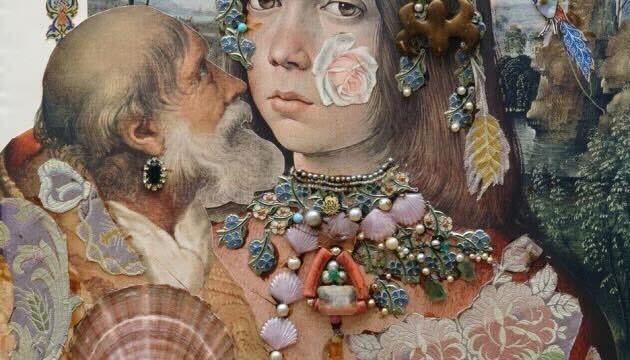
Parajanov's collages created in prison.
In addition, while still in prison, Parajanov sent letters to Yves Saint Laurent, who rated his films highly, to gain his support. The film director presented the designer with a homemade album with collages dedicated to him, which is now stored in his Paris museum-apartment.
The film adaptation of Kotsiubynsky's story was not the only work that impressed the whole world.
A poetic film critique about the 18th century Armenian poet Sayat-Nova was released in 1968. The film illustrates Sergei Parajanov's love of ceramics, graphics and all kinds of props. In the director’s later works, objects sometimes play no less an important role than characters. This is because when the director was a child, his father worked as an antiques dealer and taught his son to evaluate things by their appearance and origin.
However, at first the film initially received negative criticism from both the authorities and literary critics.
In the initial version, Parajanov warns viewers about his attempt to discover the poet’s inner world and not to just give a biographical account.
The poet Sayat-Nova was a myth-maker, so it’s difficult to separate fact from fiction about his life. That is why Parajanov used the film’s credits to tell us what was happening on the screen.
Despite the fact that foreign audiences were impressed by the colors, storyboards and design, the authorities did not like the result. Therefore, the film was released in a somewhat modified version.
It was re-edited by Sergei Itskevich and renamed Colors of Pomegranates. And it was only in the early 2000s that it was possible to restore the original installation and so restore the film.
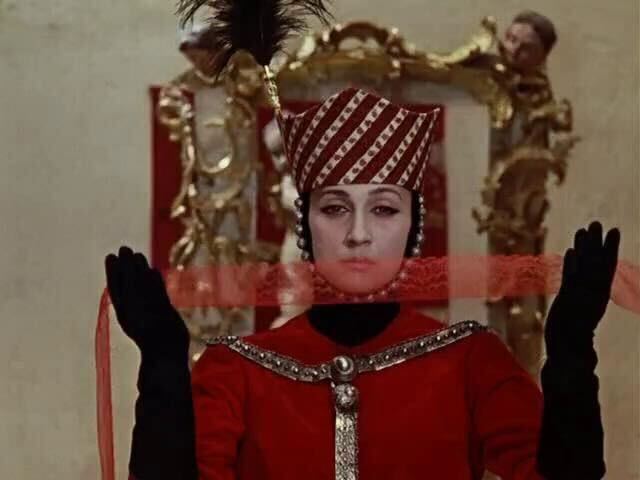
Still from the film Colors of Pomegranates
Parajanov left behind more than 20 unreleased scripts. For example, after Wild Horses of Fire, he planned to film Kyiv Frescoes, about the Second World War, but the film was closed down after the selection of actors.
Moreover, Parajanov's friends often recall that the director took hundreds of ideas with him to the grave. And many more scripts that he wrote in prison mysteriously "disappeared".
Sergei emphasized his passion and love for Ukraine throughout his life, as can be seen both in art and in public statements.
"Ukraine is my homeland, it is my second homeland. It was there that I created my first masterpiece, Wild Horses of Fire, I became a genius there, I had a son there. Ukraine gave me everything, and Ukraine destroyed me.”
You can also highlight the text and press Ctrl + Enter


